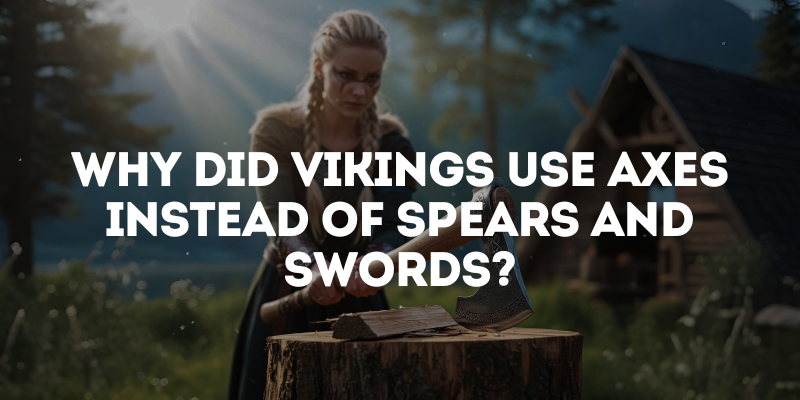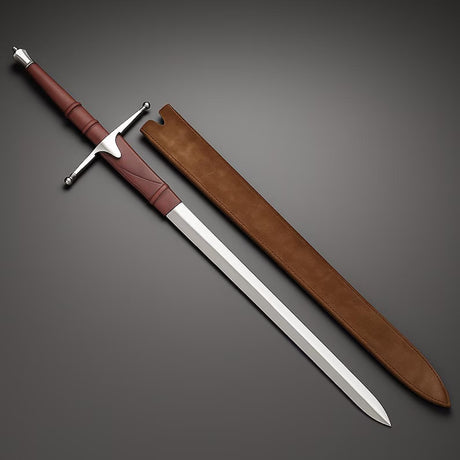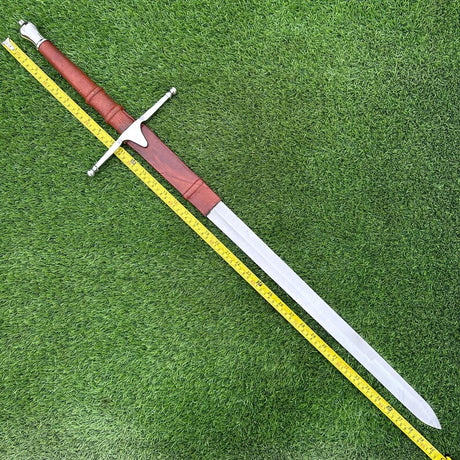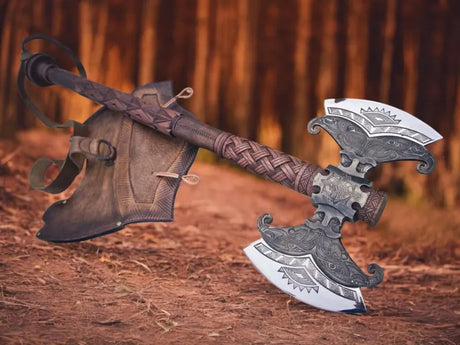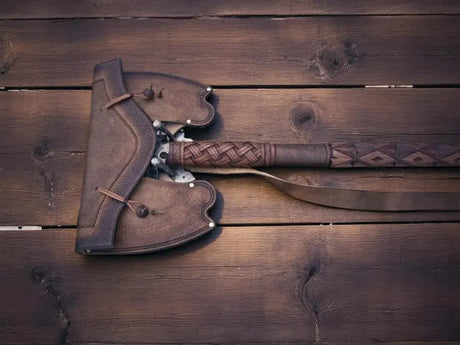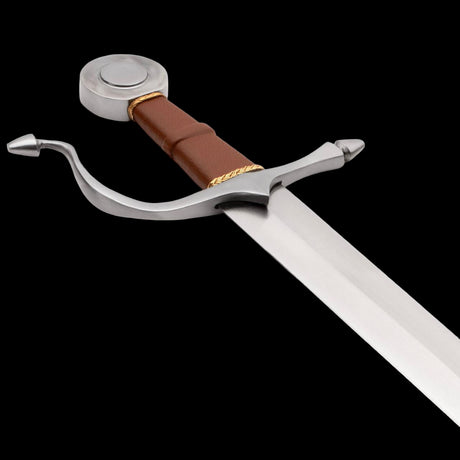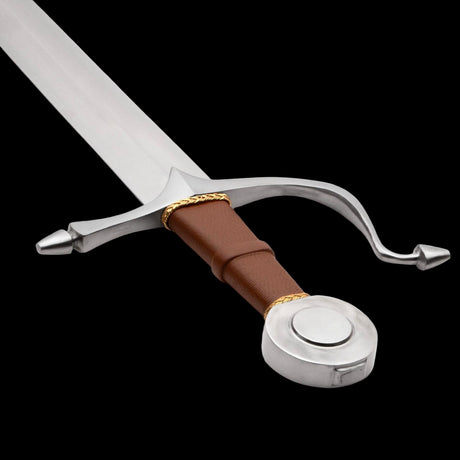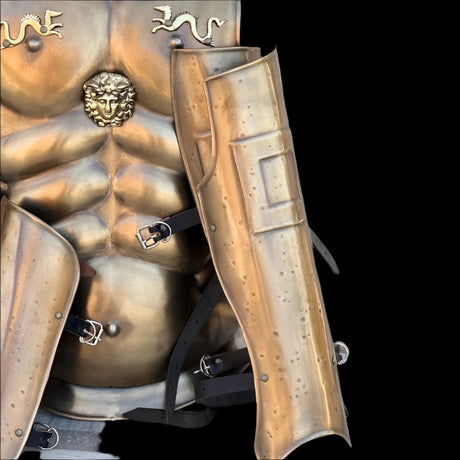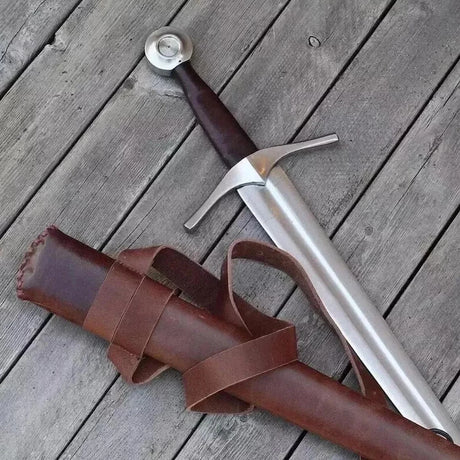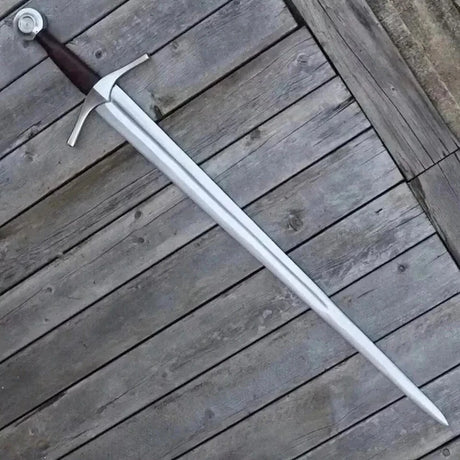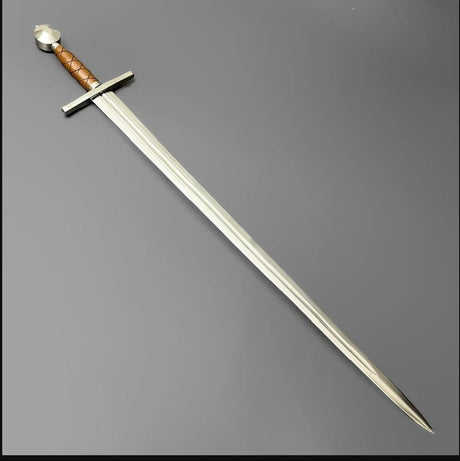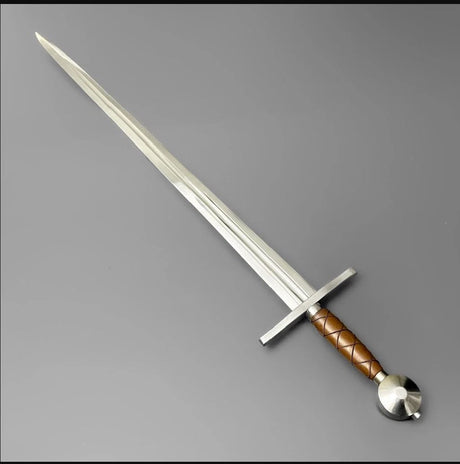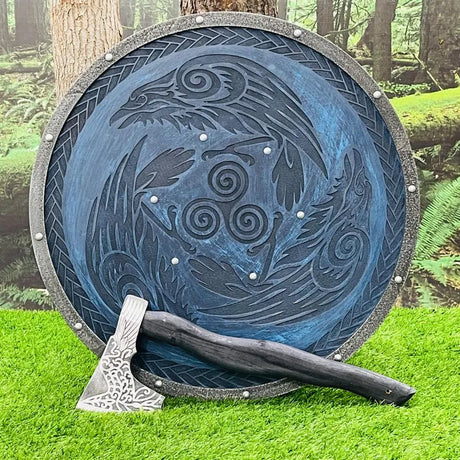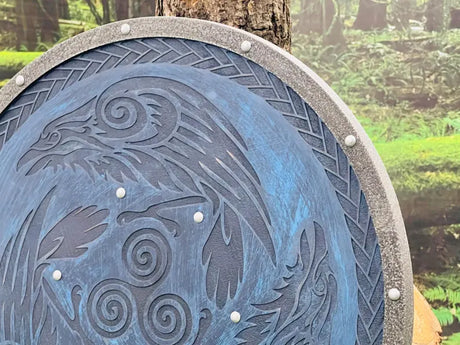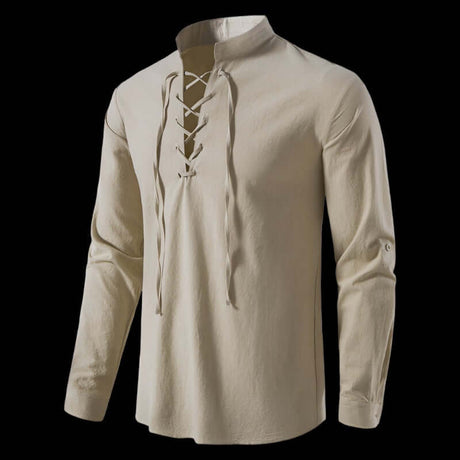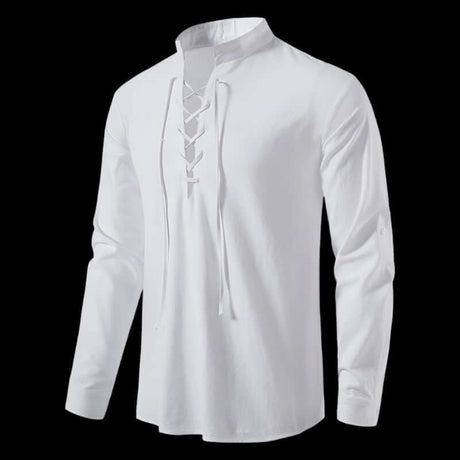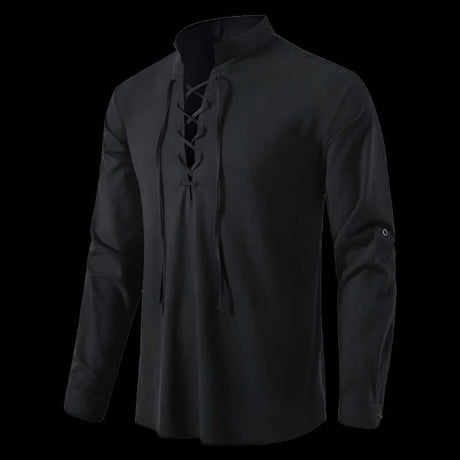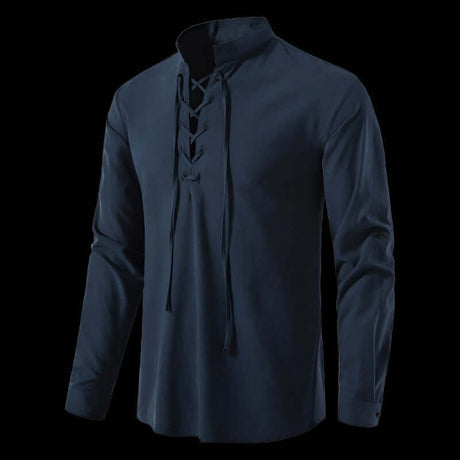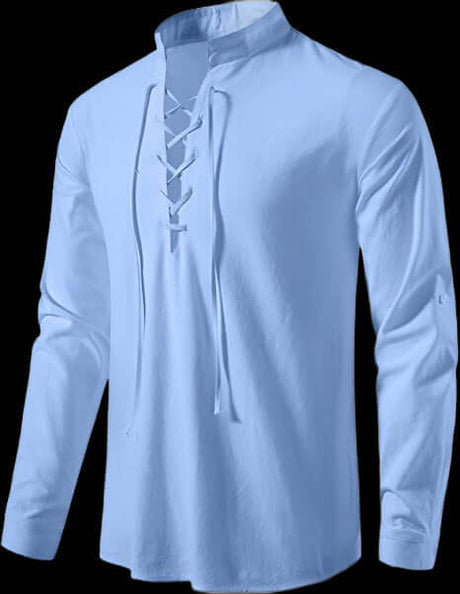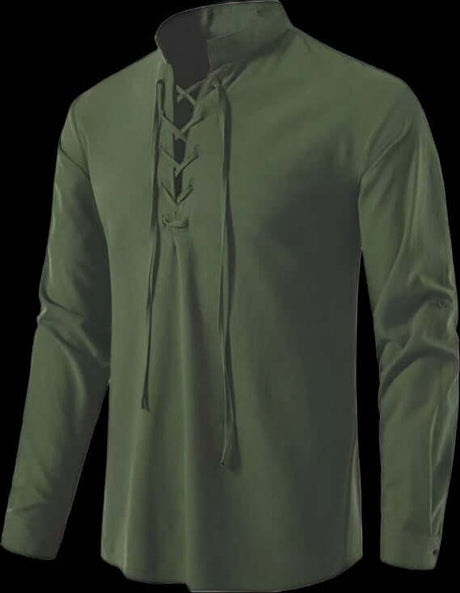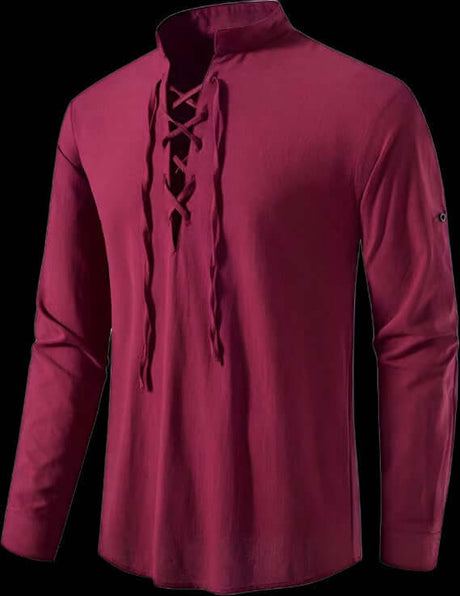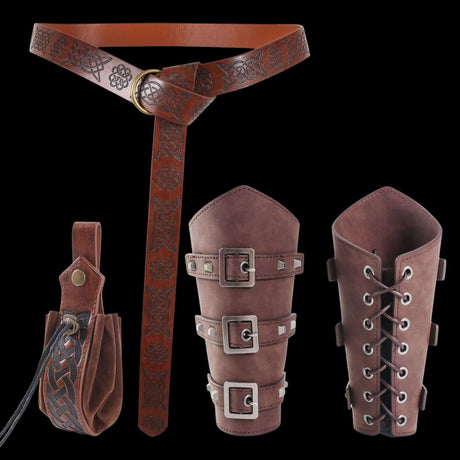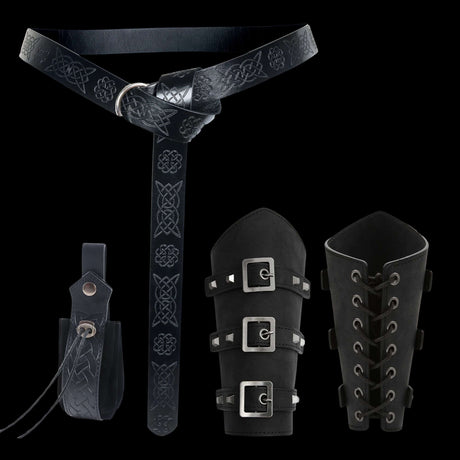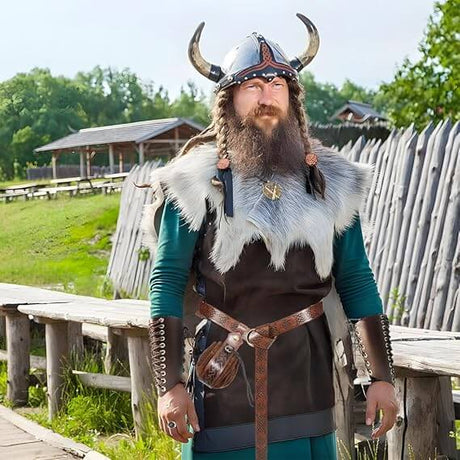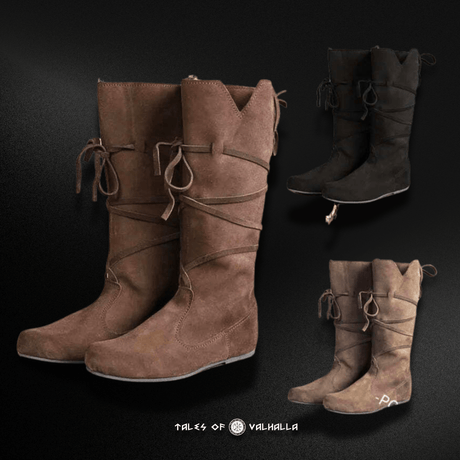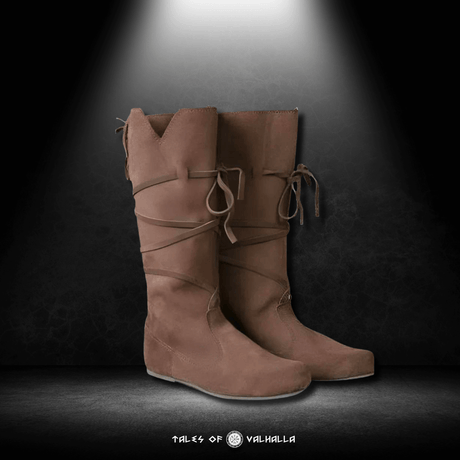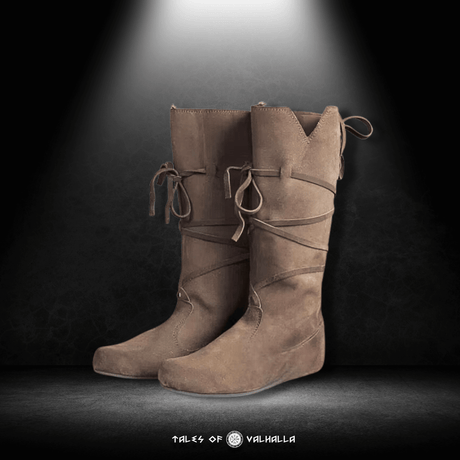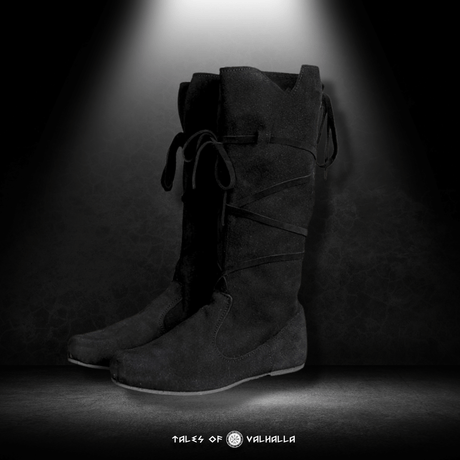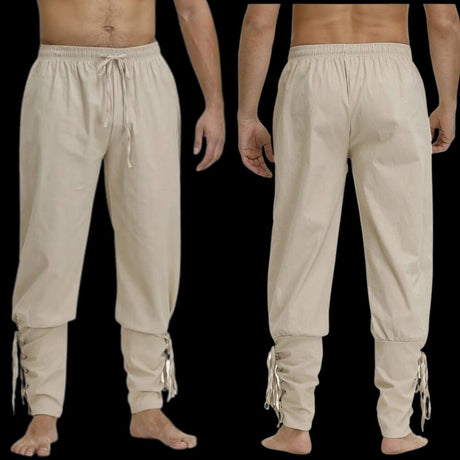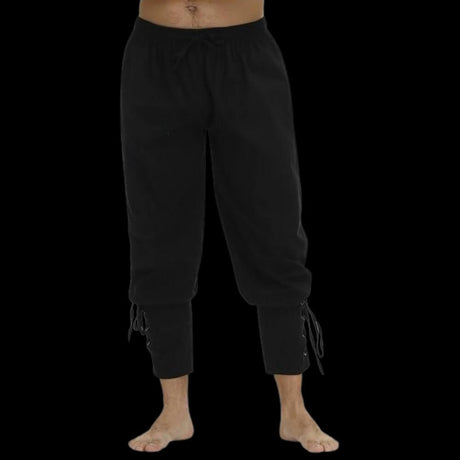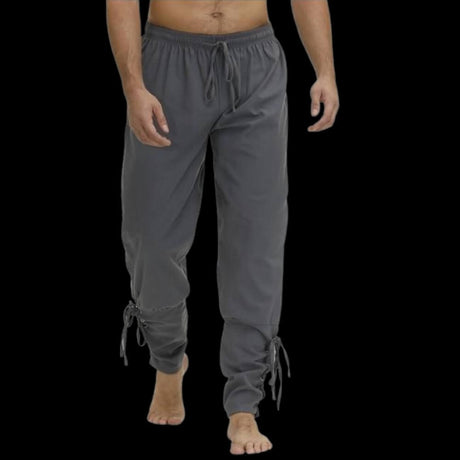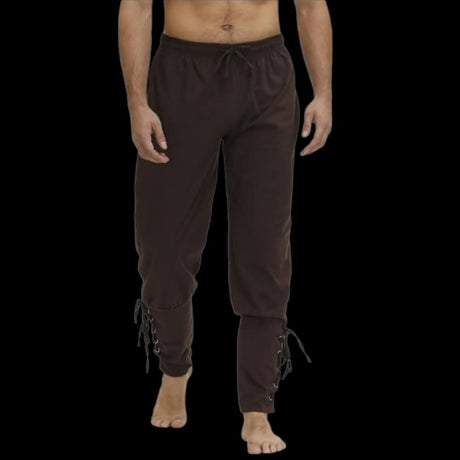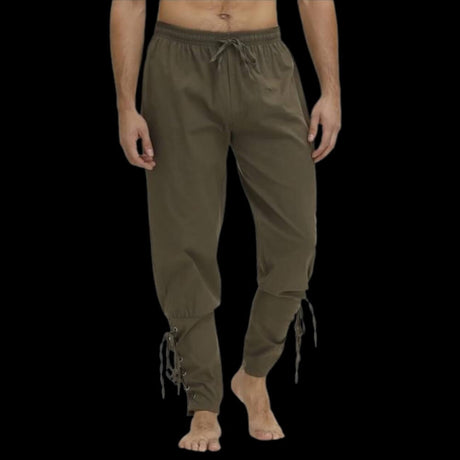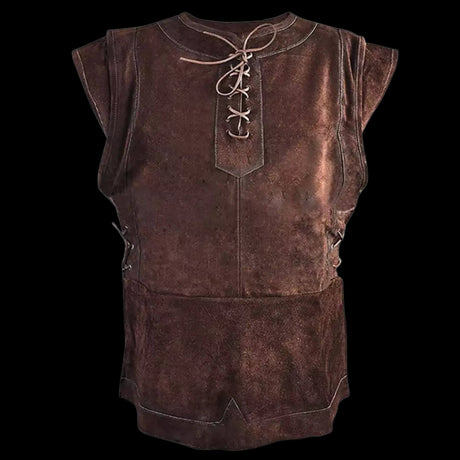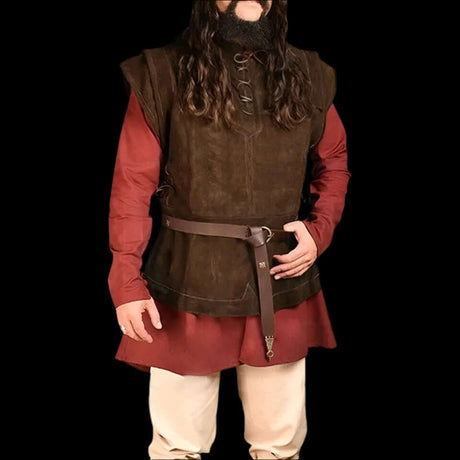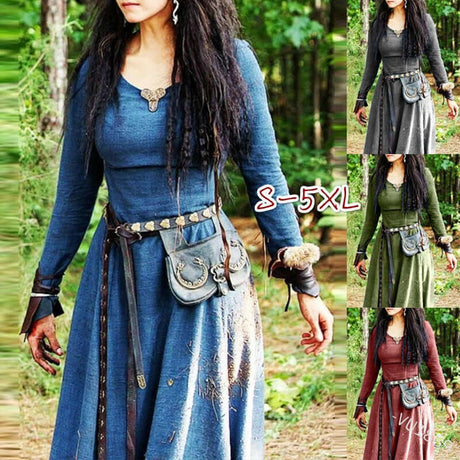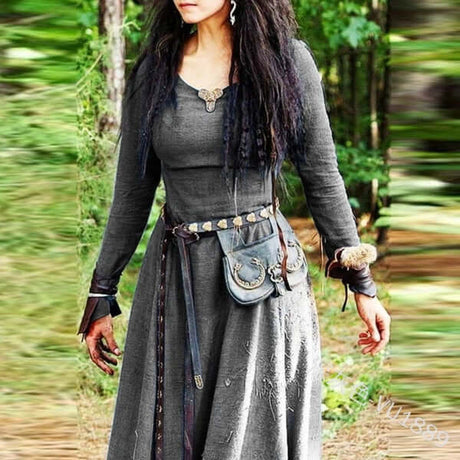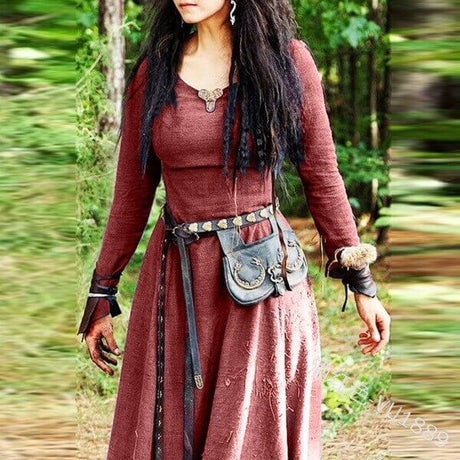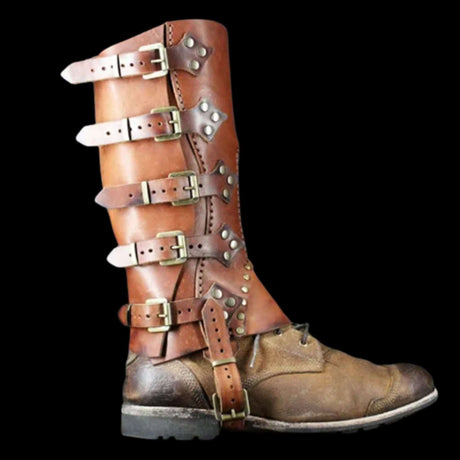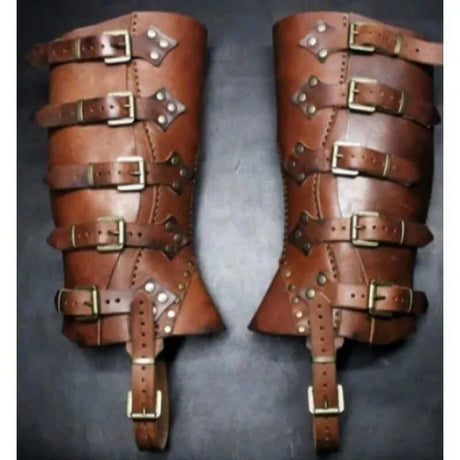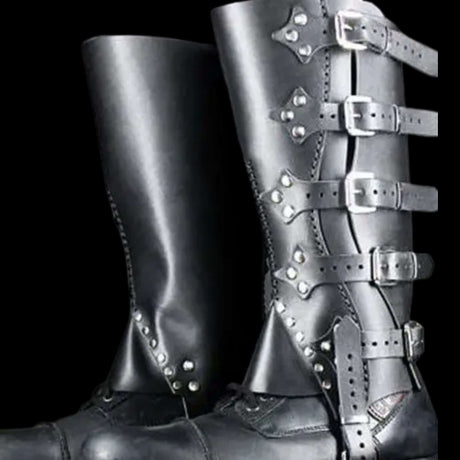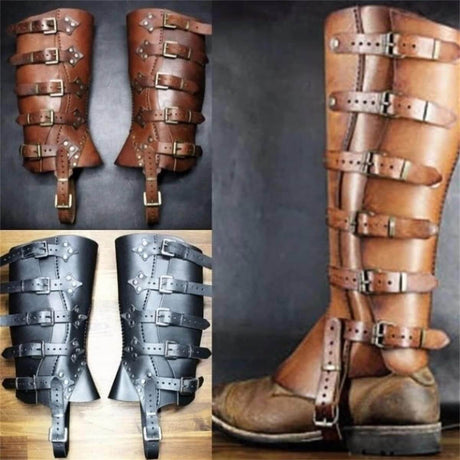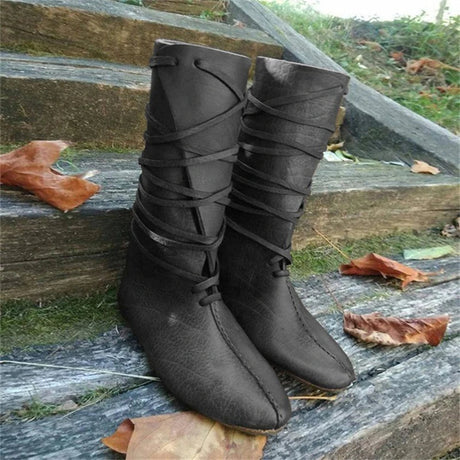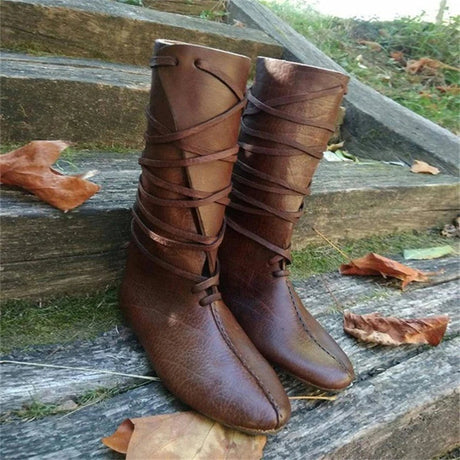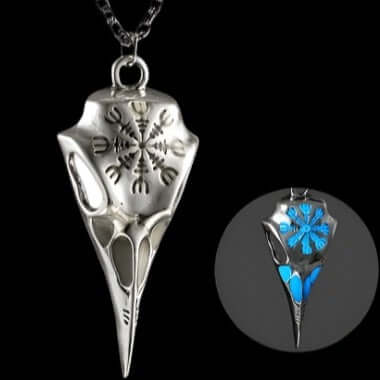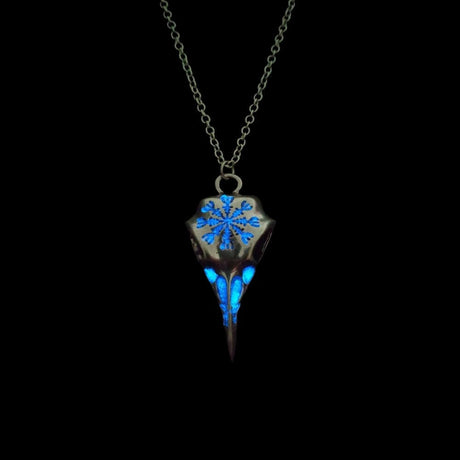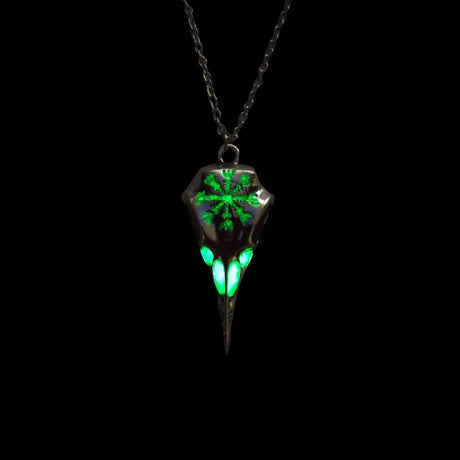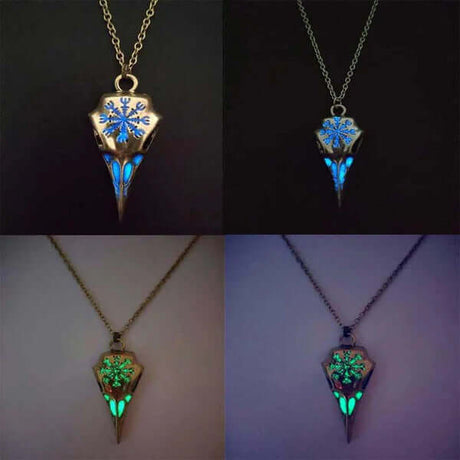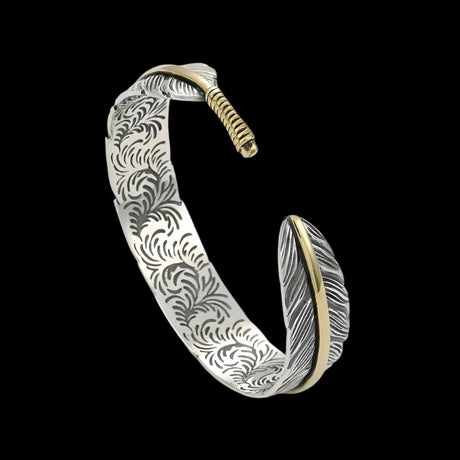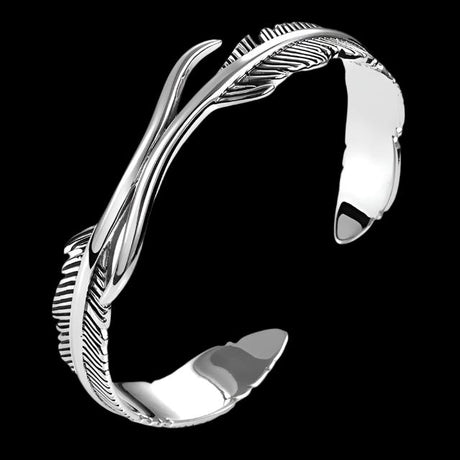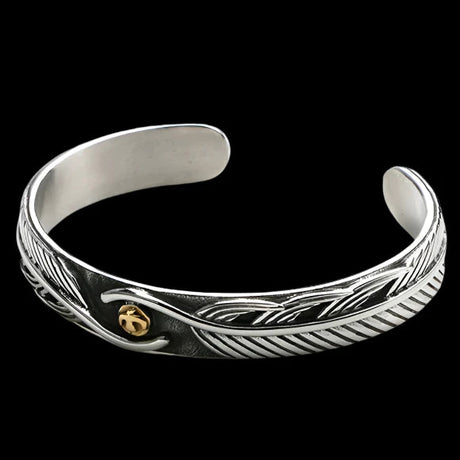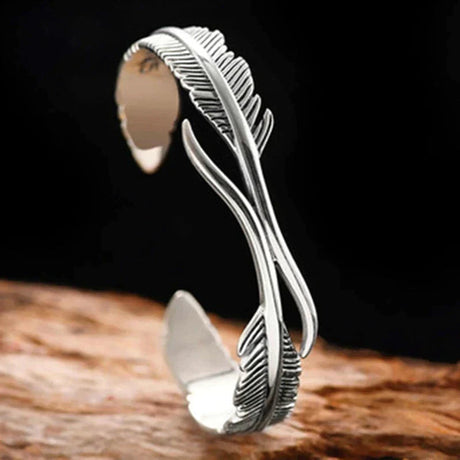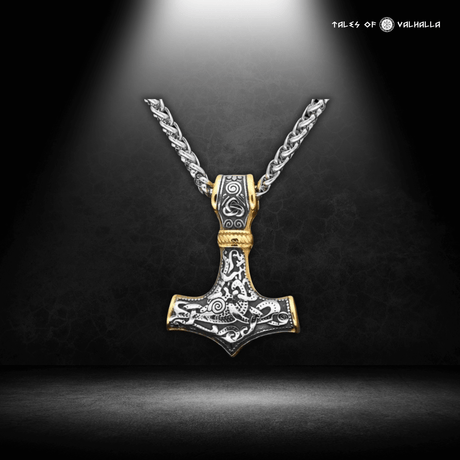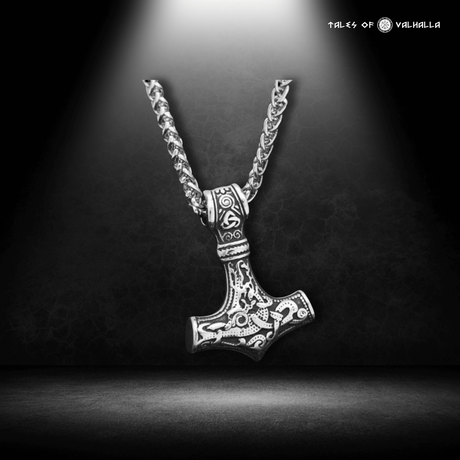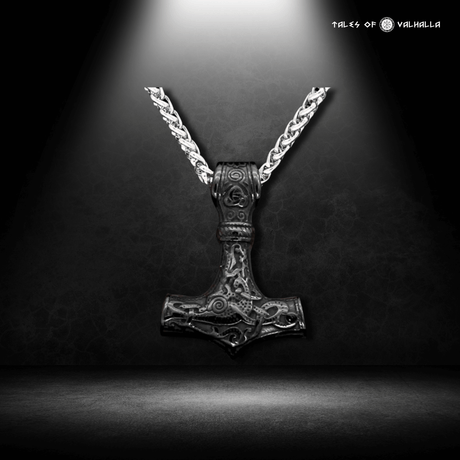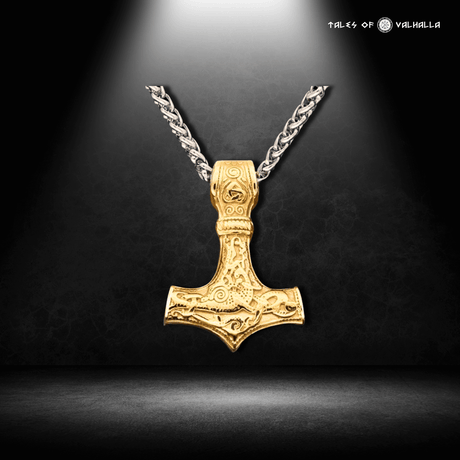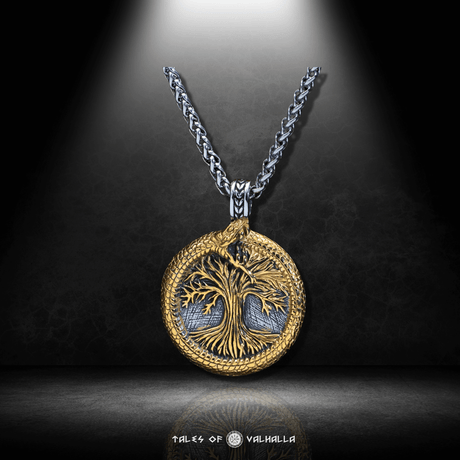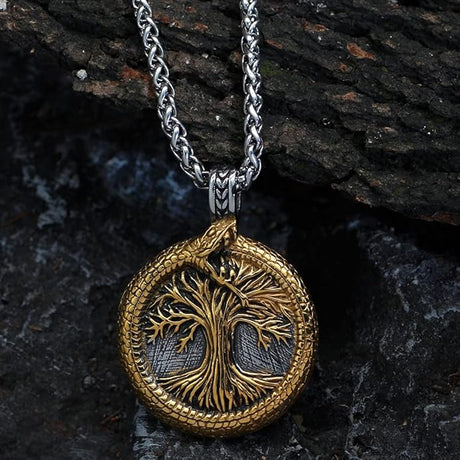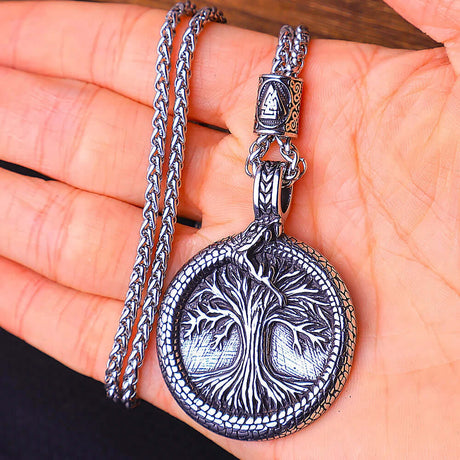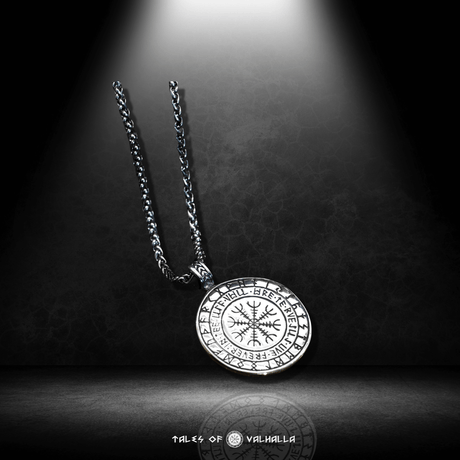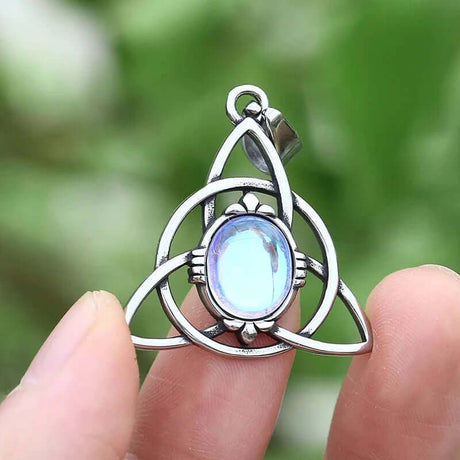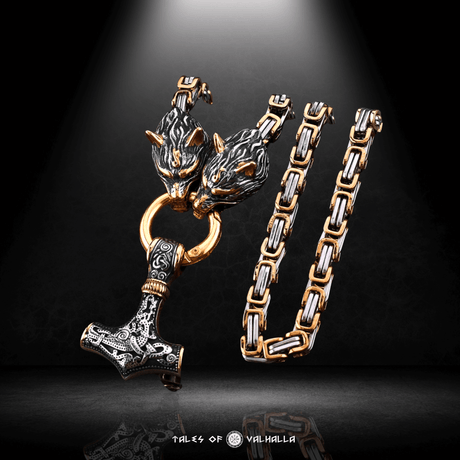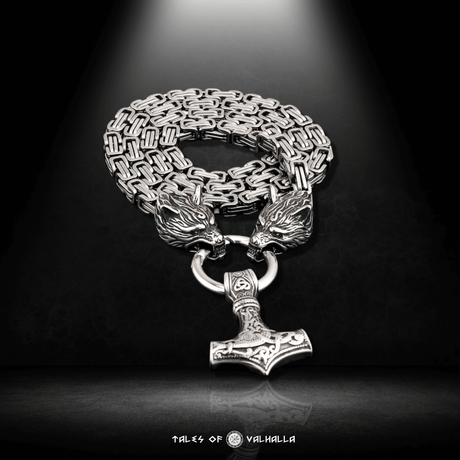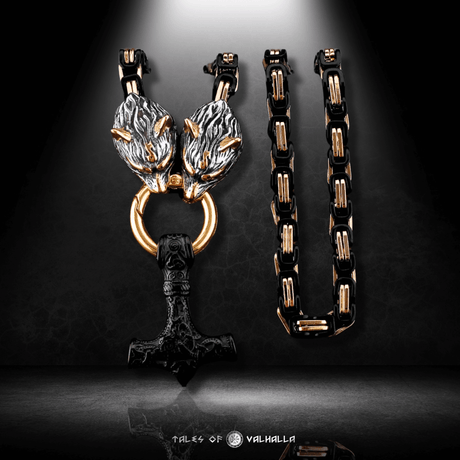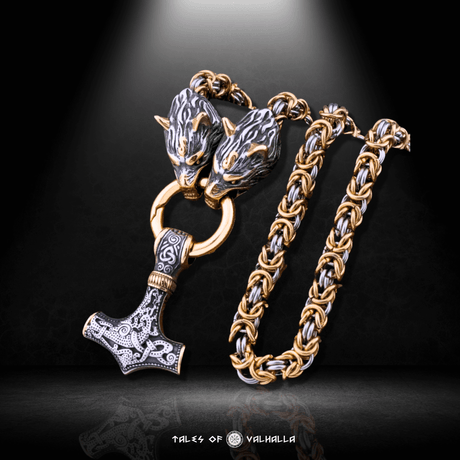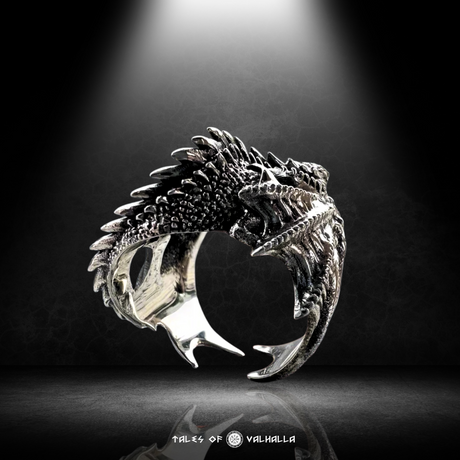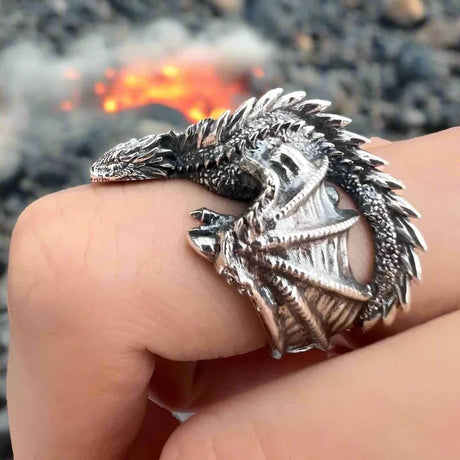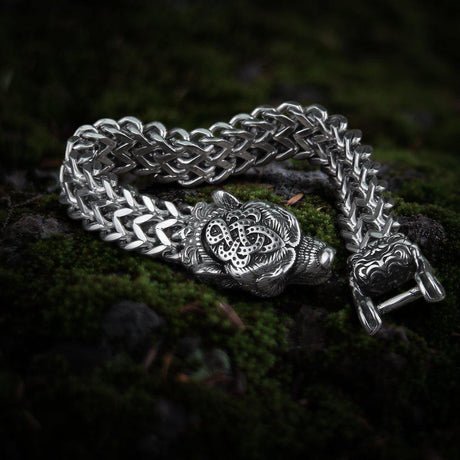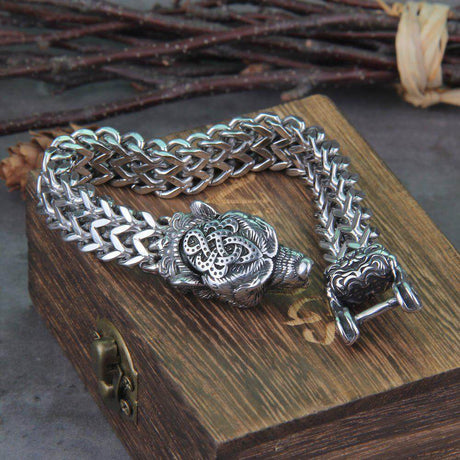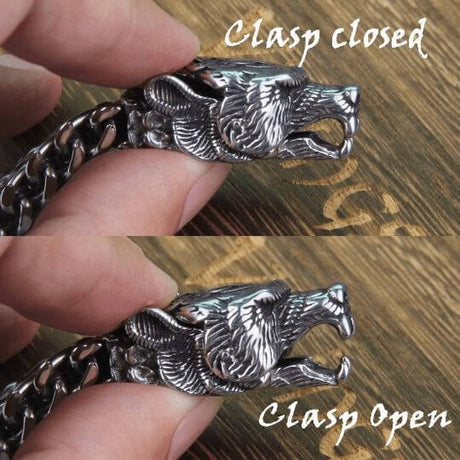The Viking Age. The words themselves evoke images of longships navigating treacherous seas, fierce warriors engaging in brutal combat, and a culture steeped in mythology and legend. When we visualize these iconic Norsemen, we often picture them wielding swords or spears. However, the weapon that truly defined them, the tool that was most integral to their way of life, was the Viking Axe. The question isn't just about a weapon; it's about understanding why the axe became so central to Viking culture. Why did Vikings use axes so extensively, when swords were often seen as symbols of prestige, and spears were practical for formation fighting?
The answer lies in a fascinating blend of practicality, economics, and cultural significance. The Viking Axe was far more than a weapon of war; it was a symbol of a way of life, a testament to Viking resourcefulness, and a tool that shaped their world. It's a story that goes far beyond the romanticized image of the bloodthirsty raider.
Beyond the Battlefield: The Ubiquitous Axe in Viking Society
To truly grasp the importance of the axe, we must first understand its place in Viking society. It wasn't confined to the battlefield; it was an extension of the Viking hand in almost every aspect of their daily existence.
Imagine a typical Viking settlement. The axe wasn't just hanging on a wall, waiting for the next raid. It was in constant use. The dense forests of Scandinavia provided the raw materials for homes, ships, tools, and fuel, and the axe was the key to unlocking that potential. Vikings used axes to fell trees, shape timbers, and construct the longhouses that sheltered their families and the longships that carried them across the seas.

Beyond the Battlefield: The Ubiquitous Axe in Viking Society
Farming, too, relied on the axe, even if it wasn't the primary agricultural tool. Clearing land for cultivation, removing stubborn tree stumps, and building fences all required the sharp bite of an axe blade. It was a tool that shaped the very landscape they inhabited.
And of course, there was the constant need for firewood. The long, cold winters of the North demanded a steady supply of fuel, and the axe was the indispensable tool for providing warmth and enabling cooking. A reliable axe was a matter of survival. Even hunting, while often done with spears or bows, relied on the axe for processing game and creating traps.
This everyday utility meant that nearly every Viking household, regardless of wealth or status, would possess at least one axe, and often several, in various sizes and shapes. This widespread availability is a cornerstone of its prevalence in warfare. It was a tool that everyone already owned and knew how to use.
The axe also carried symbolic weight. It represented self-sufficiency and the ability to provide for oneself and one's family. A man with a well-maintained axe was a man prepared for the challenges of life, both mundane and extraordinary. It represented a connection to the land, to the resources that sustained them, and to the very act of creation.
Debunking the Myth: Swords, Spears, and the Viking Arsenal
It's crucial to address a common misconception: Vikings did not exclusively use axes. Swords and spears were also part of their arsenal, but their roles and significance differed.
The spear was likely the most common weapon on the Viking battlefield. Spears were relatively inexpensive to produce, requiring less metal and less specialized skill than swords. They were also easier to learn to use effectively, making them ideal for the many Vikings who were primarily farmers or fishermen, not full-time warriors. Furthermore, spears were highly effective in the shield wall formation, the characteristic Viking battle tactic. Archaeological digs consistently unearth far more spearheads than axe heads or sword blades, supporting this view.

Swords, on the other hand, were prestige items. They were expensive to make, requiring significant skill and resources, particularly for the high-quality, pattern-welded blades. Owning a sword was a clear indicator of wealth and status, often reserved for successful warriors, chieftains, and nobles. Swords were versatile weapons in close combat, capable of both cutting and thrusting, but they demanded a higher level of skill and training to wield effectively. They were also treasured heirlooms, often passed down through generations.
The axe, then, found its niche between these two extremes. It was more affordable and accessible than a sword, yet more versatile and, in some ways, more effective in close combat than a spear. It was the weapon of the common man, the tool that could be used both to build a life and to defend it.
Why the Axe? A Convergence of Advantages
The Viking preference for the axe wasn't based on a single factor, but rather a confluence of practical, economic, and tactical advantages.
Cost-Effectiveness: In a society where resources were often scarce, the axe's affordability was a major advantage. Forging an axe head required less metal and, generally, less specialized skill than crafting a sword blade. The simpler construction made it quicker and cheaper to produce. This meant that more Vikings could afford an axe, making it a more democratic weapon.
Versatility: The axe's dual role as a tool and a weapon was invaluable. The same axe used to chop wood could be used to defend one's home. This versatility made it a practical investment for Vikings who needed tools that could serve multiple purposes. They couldn't afford to have tools that only served one purpose.
Effectiveness in Combat: While often underestimated, the axe was a formidable weapon in the hands of a skilled warrior. Its weight and leverage could be used to shatter shields, a crucial tactic in breaking enemy formations. The "beard" of a bearded axe – the lower portion of the blade extending below the axe head – could be used to hook and pull shields, weapons, or even limbs, disrupting an opponent's balance and creating openings for attack. Even against armor, a heavy axe blow could inflict significant blunt force trauma, breaking bones or causing concussions.
Psychological Impact: The sight of a Viking wielding a large, gleaming axe was undoubtedly intimidating. The axe's association with strength and ferocity, combined with the Vikings' own reputation as fierce warriors, could give them a psychological advantage in battle.
Cultural Significance: The axe, deeply embedded in the everyday lives of the Vikings, became a part of their cultural identity. It was a symbol of their connection to the land, their resourcefulness, and their warrior spirit.
Viking Axe Popularity: A Look at the Numbers
| Source | Data Point/Statistic | Interpretation/Significance |
|---|---|---|
| Archaeological Finds (Scandinavia) | Axes are among the most frequently found weapons in Viking Age graves and settlements. | Demonstrates the widespread use and importance of axes in Viking society, across different social classes. |
| Grave Goods (Norway) | Axes are the most common weapon found in Norwegian Viking Age male burials. | Suggests that axes were highly valued personal possessions, possibly with symbolic meaning related to status, profession, or the afterlife. |
| Saga Literature (Icelandic Sagas) | Axes are frequently mentioned in combat scenarios, often wielded by prominent characters and heroes. | Reinforces the axe's importance as a weapon in Viking culture and its association with both warfare and everyday life. |
| Experimental Archaeology | Studies on replica Viking axes demonstrate their effectiveness in wood-cutting and combat simulations. | Confirms the practicality and versatility of Viking axes as both tools and weapons, supporting the archaeological and literary evidence. |
| Modern Popularity (Google Trends) | "Viking Axe" shows consistent, high search interest in the US over the past 5 years. | Reflects a strong and enduring modern fascination with Viking weaponry and culture, with the axe as a central symbol. |
Interpretation: This table shows a clear trend: axes were common tools and weapons in the Viking Age, and that popularity (or at least, the image of popularity) endures. The archaeological and literary evidence supports their widespread use, while modern interest reinforces their iconic status.
Limitations: While archaeology offers tangible proof, survival rates of artifacts can skew results. Sagas, while valuable, are not always literal historical accounts. Modern popularity reflects perception of Vikings, not necessarily historical reality.
Types of Viking Axes: A Tool for Every Task
The Vikings didn't use a single, standardized axe. Different tasks demanded different designs. Here's a breakdown of some key types:
The Bearded Axe (Skeggöx): The Iconic All-Rounder
The bearded axe is the quintessential Viking Axe, instantly recognizable by its extended lower blade. This "beard" wasn't just for show; it provided a longer cutting edge without adding excessive weight, and it allowed for a variety of grips and fighting techniques. The beard could be used to hook shields, pull down defenses, or even trip opponents. This versatility made it a favorite among Vikings, suitable for both woodworking and warfare.

The Bearded Axe (Skeggöx): The Iconic All-Rounder
The Dane Axe: The Two-Handed Terror
The Dane axe was a specialized weapon of war, designed for maximum impact. Its long haft (four to six feet) and broad, thin blade allowed for powerful, sweeping blows capable of cleaving through shields and armor. Wielding a Dane axe required considerable strength and skill, and it was a weapon that could turn the tide of a battle. It was particularly effective at breaking the shield wall formations common in Viking warfare.
The Broad Axe: The Woodsman's Companion
The broad axe was a heavy-duty tool designed for felling trees and shaping timber. Its wide, heavy blade provided the power needed to cut through thick wood, while its shorter, thicker haft offered better control for heavy chopping. This was the axe that built Viking longhouses and longships.
The Hand Axe/Hatchet: The Everyday Essential
Smaller axes, or hatchets, were the most common type, used for a multitude of everyday tasks. From chopping kindling to preparing food, these versatile tools were essential for daily life. Their compact size made them easy to carry, and they could even be used for self-defense in a pinch.
(Less Common, but Worth Mentioning) The Francisca: A Frankish Throwing Axe
While not strictly a "Viking" axe, the Francisca, a throwing axe associated with the Franks, was sometimes used by Vikings, likely acquired through trade or raiding. This axe, with its distinctive upward-curving blade, was designed to be thrown at enemies before engaging in close combat.
Conclusion: The Axe – A Defining Symbol of the Viking Age
The question "What type of axe did Vikings use?" reveals a more complex and nuanced picture than popular culture often portrays. The Viking Axe wasn't just one thing; it was a range of tools and weapons, adapted to the diverse needs of Viking society. While swords held prestige and spears were common in formations, the axe's affordability, versatility, and effectiveness in both daily life and combat made it a defining symbol of the Viking Age. It was a tool that shaped their world, defended their homes, and fueled their legendary voyages. Its enduring legacy continues to inspire and fascinate us today, reminding us of the resourcefulness, strength, and artistry of the Norse people. The image of the Viking with an axe is powerful because it represents so much more than just warfare – it represents a way of life.
FAQs
1. Did Vikings only use axes in battle?
No. While axes were common and iconic, Vikings also used spears and swords. Spears were likely the most common weapon overall, due to their affordability and ease of use in formations. Swords were prestige weapons, owned by wealthier warriors and chieftains. The axe was a versatile tool and weapon, accessible to a broader range of people.
2. Why were axes so popular with Vikings compared to swords?
Axes had several advantages: they were cheaper and easier to produce, more versatile (useful as tools and weapons), and surprisingly effective in combat, especially against shields. Swords were more expensive, required more specialized skill to make and use, and were primarily weapons, not tools.
3. What type of axe did Vikings use?
Vikings used a variety of axes, including the "bearded axe" (skeggöx, the most iconic type), the Dane axe (a large, two-handed weapon), broad axes (for woodworking), and smaller hand axes/hatchets. The specific type depended on the task and the user's wealth/status.
4. Were Viking axes decorated?
Yes, some Viking axes were decorated, although this was more common on higher-status weapons. Decorations could include etched patterns on the blade, inlaid metals (silver, copper), and carvings on the haft. Everyday working axes were usually plain.
5. How heavy was a Viking axe?
The weight varied greatly depending on the type. A small hand axe might weigh a pound or less, while a large Dane axe could weigh several pounds (4-5 lbs or more). The typical "bearded axe" used in combat likely weighed between 2 and 4 pounds.
6. Is the modern image of the Viking with an axe accurate?
Partially. The axe was a very common and important tool/weapon for Vikings, but popular culture often overemphasizes it at the expense of spears and swords. The axe is a powerful symbol, but it's important to remember the broader context of Viking weaponry and society.

